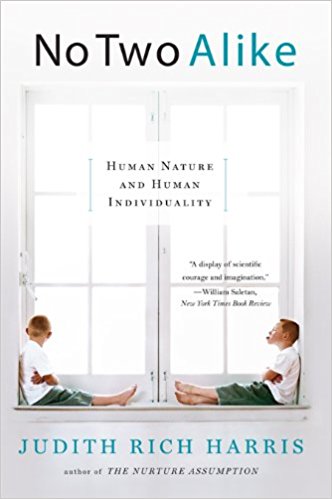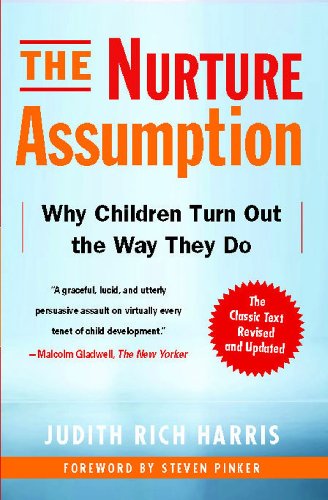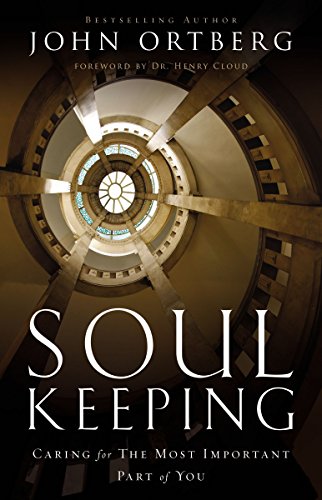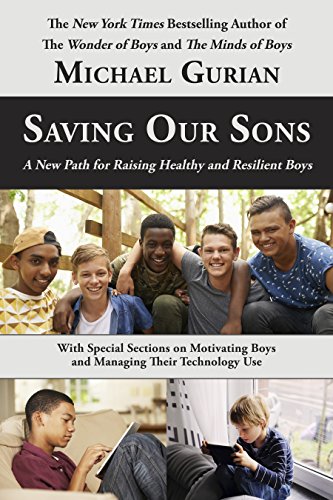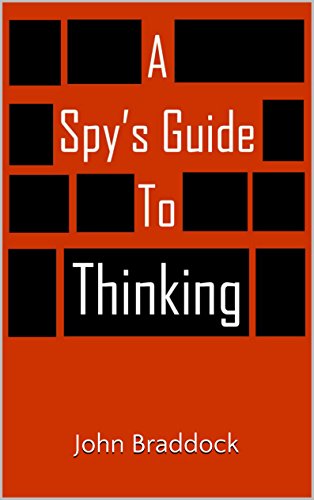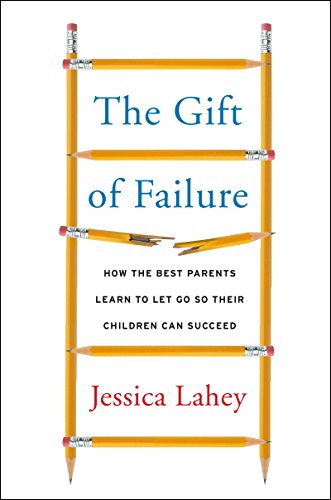Robert Bogue
January 22, 2018
1 Comment
In the previous post, I addressed the foundation of The Nurture Assumption, Judith Rich Harris’ challenge to the assumption that how we nurture our children has an impact on their outcomes in life. She has broken the causal arrow from a parent’s nurturing to the child’s outcome. In this post, we walk through some of the candidates for why children turn out so differently and settle on Harris’ idea that it’s the peers that drive children’s growth – and why we can’t do anything about that.
Birth Order
The easiest first guess for how children with similar genetics end up so different is their birth order. That is, the first born is in a different world developmentally than the second, the third, and so on. It’s the difference between the first born – who doesn’t have to share the parent’s attention – and the second – who must contend with an incumbent. However, a careful review of the data by Judy Dunn and Robert Plomin concludes that there are no lasting, extrafamilial effects of birth order.
The research that said there was a birth order impact used only parental or self-reported questionnaire. When additional research was done, and teachers were asked to rate children’s personalities, the effects of birth order disappeared. It seems that the roles (or the perceptions of roles) that the child played in the family supported the idea of a birth order personality, but the independent assessment of personality didn’t find any patterns. This leads us back to the work of Kurt Lewin and others that personality – or at least behavior – is situationally dependent. How we behave at home isn’t necessarily how we’ll behave in public.
Situational Personality
Kurt Lewin has a formula for behavior. He says that behavior – what we actually do – is a function of both person and environment. In other words, the situation (the environment) has an unpredictably strong influence on what we do. We really are different people drinking with pals on a Saturday night than we are in church on Sunday morning.
When you couple differences in behavior and an awareness of the environmental impact, it’s easy to see how fundamental attribution error might lead us to trouble. Fundamental attribution error is our tendency to see a person’s behavior as fixed and unchanging despite changes in the environment. So, we’ll reach the wrong conclusion about people – and keep it even as the situations change.
Research proves that children behave differently in different situations – whether that behavior is moral or not. The structure of the environment has more impact – good or bad – than we would like to believe. (See The Lucifer Effect for more on the impact of the environment.)
Generalization of Learning
It’s necessary to side-step out of the world of psychology and personality and into the world of learning and teaching. One of the key roles of the parent in the modern society, and behind the nurture assumption, is the idea that the parent is a teacher. Certainly, it’s true that parents teach their children, but there is more to learning than meets the eye.
In learning, particularly adult learning, there’s a great deal of discussion about the facilitation of what is called “far transfer.” That is, how the learning applies outside the context that it was done in – mostly the classroom. Expressed in the context of The Nurture Assumption, the word that Harris uses is the “generalization” of learning. Will something that you teach your children at home be applied to other situations as well? The answer is, disappointingly, that it’s not likely. This is true of all learning – not just those important moral lessons that parents seek to teach their children at home.
Babies, it seems, are very poor at generalizing their learning. Take a mobile with red things hanging from it and allow them to move it by moving their foot, and they’ll reapply the learning that they can control the mobile with their foot. Change the things hanging from the mobile to blue and the baby must relearn the behavior. Move the crib to the living room while keeping the color of the mobile, and the same thing happens: they’re forced to relearn that they can control the mobile with their foot. The good news from the learning world is we know that the more similar the experiences with the same results, the greater the chance that someone will generalize the learning.
Just Showing Up
Woody Allen said that “showing up is 80% of life.” Strangely, Marcia Bates discovered through her research that as much as 80% of what we know comes from passive, undirected learning – that is, just being aware of our environment. (See Pervasive Information Architecture for more about Marcia’s work and structuring information. Ambient Findability is another good work about making information easier to experience.) It’s great that we learn even when no one is trying to teach us – either ourselves or others. The bad news is that it’s not possible to really control everything that a child experiences. As a result, we have no idea how they’ll process and learn from the world that they’re experiencing. They may make something big of something small – and completely miss those “big teaching moments” that parents so look forward to (or not).
Outside of Bounds
Interestingly, there seems to be a set of normative bounds for child-rearing, inside of which there may be little impact on how the children turn out, and an out-of-bounds category that can – but won’t necessarily – cause lasting harm. The tragic fact is that some children are abused by the very people that evolution designed to protect them. Some of those children appear to have long-term scars and burdens inflicted by those experiences – beyond what can be explained genetically. (Mainly because the studies use adopted or foster children.)
So it is possible to have a lasting impact as a parent or caregiver – unfortunately in the wrong direction. On the other side of the equation, the evidence is less compelling. Any advantage that a child has by growing up in a home full of books and classical music fades as the child grows into adulthood. It appears that no amount of “baby genius” programs, resources, or materials will turn your child into an amazing intellect when they’re an adult. This is one of the many factors that were tested for lasting impact and for which no meaningful correlation could be found.
Groups and Gangs
Harris’ theory is that we don’t pass along culture and personality from parent to child, but instead we pass these things from group to group. Children obtain their definition in no small part due to the groups of children that they associate with. Parents have often lamented about the kids that their kids are hanging out with. “Hanging out with the wrong crowd” is a common defense for parents whose children have found their way down the “wrong” path.
Groups are a way that children identify themselves. Whether they establish a name for the group or they just identify with the concept of the people that they’re hanging out with, groups have a powerful impact on people. In The Deep Water of Affinity Groups, I described the impact of affinity groups – or identity groups – on adults. Obviously, feeling like you’re a part of a group when you know everyone makes sense. However, that pull is effective, even when you don’t know the rest of the people in the group. I don’t know everyone in the Microsoft MVP program, but I’ll have a certain level of affinity with them should they ask me for something. They belong to the same group, even if I don’t know them personally.
These same powerful forces work on our children. They pick up a positive effect for the group – and from the group – through their self-identification. When the effect is positive, we call it a “group.” When the effect is negative, we use the pejorative term “gang.” It’s the pull of “the gang” that is at the heart of peer pressure.
Peer Pressure
I remember Nancy Regan’s “Just Say No” campaign. It was targeted at helping teenagers avoid drugs. (For more on the War on Drugs, see Chasing the Scream.) The basic premise was that just saying no when someone offers you drugs is all you need to do. After all, to start an addiction, someone has to offer to let you try it. If you just say no at that point, you can stop the addiction before it starts. It’s not that simplistic. It’s true that there is that moment of truth when you’ll be offered something. However, by that time, you’re likely to want to be a part of the group enough that you won’t want to say no. No matter how many lectures you’ve heard from your parents. No matter of how many of those “this is your brain on drugs” public service announcements you’ve seen. You simply want to be a part of the group.
I’m not saying that parents shouldn’t teach their children to avoid harmful things, including cigarettes, alcohol, and drugs. Rather, I’m saying that peer pressure isn’t about the first time your child is offered drugs. Peer pressure is about their internal desires to be a part of their peer group and what capacity they have to be different than their peers.
For me, I had a defining boundary (see Beyond Boundaries and Boundaries for more) that I would not do drugs. It wasn’t like I wasn’t offered any. It helps that I wasn’t in any groups that drugs were a part of their defining characteristics. By setting my defining boundary as not trying them, it made it easy. (See The Success Principles for Canfield’s perspective – 99% is a bitch, 100% is a breeze.)
Majority Rules
One of the interesting things in group formation is the development of the cultural norms. If you mix equal parts of Type A and Type B, what will the group coalesce around? Of course, A, B, and “something else” are all options. Group dynamics and formation are a major area of research as organizations seek to define their culture and build collaboration inside their ranks. (See Collaboration and Collaborative Intelligence for more on collaboration and Theory U, Organizational Traps, Reinventing Organizations, and The Advantage for more on forming healthy organizational cultures.) Despite the interest in developing the right kind of culture in organizations and an attempt to guide the future, there is little agreement on how to shape the culture. Rogers in Diffusion of Innovations speaks of factors that facilitate innovation adoption – rather than a formula for achieving success.
The upshot of this is that trying to determine how a group of teenagers will find their way is near impossibility. While you can move to good neighborhoods, you can’t really control who your teenagers are “running with” or the standards that the group holds. The problem with majority rules is that you don’t know what idea is in the majority until it’s tested, and by then it’s too late.
Self-Identification
In a discussion of groups, it’s important to realize that there isn’t one group that anyone feels like they’re a part of. They might situationally be focused on one group, because they’re with other members; but when they attend the next party, they may identify with a totally different group – with different behavioral norms. Children can identify as child, teenager, boy, girl, nerd, jock, or any combination of these. The change in identification between these can be as quick as walking into the next room.
The reality is that our self-identification is fluid and influenced by our environment. This fluidity and transition is one of the reasons that each of us can live in our own microenvironment. We don’t experience the world like the person sitting next to us. Because we transition our identity into different groups during a conversation – and because our perspective is slightly different – we’ll experience the environment slightly different than every other person.
This microenvironment view is one of the explanations for how children who are raised in the same neighborhood and home don’t end up identical. They are – in effect – in their own environment.
Parent-Child Effects
Parents are targeted as the cause of the microenvironments that children inhabit and therefore their differences. The claim is that parents treat their children differently – and they do. However, as Harris points out, it’s because each child is different and needs different parenting. She speaks about how mothers used to be vilified for not spending enough time connecting with their autistic children, thereby causing the illness. We now know that this isn’t the case; the parent is responding to the child’s inability to connect and adapting their behavior.
This is a child-to-parent effect. The child causes a behavior difference in the parent. This isn’t necessarily a bad thing. It would be bad for a parent to fail to adapt their responses to their child. However, it isn’t an intuitive response. The assumption is that the parent shapes the behavior of the child. Rarely do we consider how children shape us. We worry about whether we’re raising children well – and at the same time worry that we’re worrying enough. We’re concerned that we’re investing enough into our children. We fear that our working, our divorce, or other distractions (including other kids) are depriving our children of what they need. (You can see other impacts of children with our own baggage in The Psychology of Not Holding Children Accountable.)
Working, Death, and Divorce
Many mothers (and fathers) have been concerned about the impact that their working has on their children. Traditional societies (hunter-gather societies) may have had mother-infant bonding all the time from age 0-4 – but after that, very little parental time was spent with the children. In Britain, it was common to send kids off to boarding schools – with obviously very little parental environment. Robert Putnam concludes in Our Kids that there has been little change in the overall time spent with kids after mothers started working.
Another concern has been about the increase in the divorce rate and the impact it has on children. Neither Harris nor Putnam believe this to be a significant factor. Harris, in fact, goes further to acknowledge that, in traditional societies, death of mothers due to mortality during childbirth or fathers due to wars and accidents was as much or greater than the number of children without parents today. While we bemoan the number of children living in single-family homes, over the long history of civilization, the rate seems to fluctuate but is generally moving in a positive direction with children receiving the benefits of two parents more frequently than not.
We’ve moved away from the tight communities that we used to have and the idea that children belong to the community and have a more parental focus than in the past; so there may be a greater need for the parent to support children – but, overall, things are no worse for children than they used to be.
Sidebar: Public Figures
One of the interesting aspects that raised its head but wasn’t directly related to the core topic is the awareness of the public vs. private perception of “celebrities.” Margaret Mead is well-known for her quote, “Never doubt that a small group of thoughtful, committed citizens can change the world; indeed, it’s the only things that ever has.” The use of this quote elevates Margaret Mead. She’s a luminary. She speaks with authority. Except that, when you read the works of others, you find her work tended to be filled with biases. She found what she expected to find. Some degree of this is normal for all researchers; however, Harris points a few places where the tendency rather high. Ekman, in his book Nonverbal Messages, points out similar concerns with Mead’s work.
Another figure who is featured in The Nurture Assumption – but indirectly – is Albert Bandura. Bandura is famous for his research on television violence. Harris debunks the myth that television violence causes violence – no matter what the Bobo doll says. (In truth, the research was on observing an adult attack the Bobo doll, not about children watching it on a TV.) In my review of Moral Disengagement, I shared that I didn’t agree with Bandura’s cases. It seems like my concerns about how he makes some of his cases are consistent with others’ concerns.
Circuitous Routes
Harris admits that, of her two children, one took a more or less straight path, and the other took a much more circuitous route. (That’s a parent’s way of saying that they were worried for their children for a long time.) In my – admittedly incomplete – experience with children, I can say that I understand the circuitous route. Some of our children know their path and follow it. Some don’t know their path, but work diligently to move forward to be ready when their path is revealed. Others drift, not yet sure of where they want to latch on or that they even want to walk forward.
The reality is that I can only support and nurture without any control of the outcomes. The outcome of our children isn’t ours to control – it’s theirs. I am not willing to give up on nurturing. Not because of The Nurture Assumption or because I believe that I can control the outcome of their life. Ultimately, it’s because it’s the person I want to be. Whether you make The Nurture Assumption or not is up to you – just be the person you want to be.


